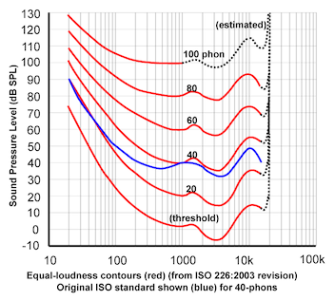1+2 = 3
2+1 = 3
6 / 2 = 3
1+1 = 2
The first three are the same. The last one doesn't match.
When comparing a capture to the real source, without any variables changing you would hope for X or Y to be exactly the same. If they're not, then this shows difference. Difference results in a sonic different, at whatever scale you choose to analyse.
Now whether that is important to you or not is a completely different question, and is almost not even within the realms of the science of empiricism; it is more akin to feelings, emotion. We're not making any claims about that when we do null tests.
Null tests are simply a way of comparing two signals to see if they match, and if they don't, to reveal where they don't match. That's it.
Another way to say this is that when you do a null test and the bass region is off, it is you who determines whether that is worse or better. Not the null test. The null test simply shows you what is true.
Essentially there are two questions at play:
1. Are there differences?
2. Do they matter?
Null tests answer the first one.
They cannot answer the second one. Only a human can do that.
Additionally, I agree with Sascha. Analysing a null test based on your metering in the DAW is really roughshod, and isn't the appropriate way to do it. The appropriate way is to perform the null within the spectral domain, just as I did here:
This test very literally tells you exactly which frequency areas had the largest differences. To this day, no one has ever replicated my comparison, or even talked about it very much at all. Most I've had is a few guys just laugh at it. Very strange.
But to my mind, when it comes to replicating the sound of a real amp, the hierarchy is:
NAM
ToneX
QC
Kemper

